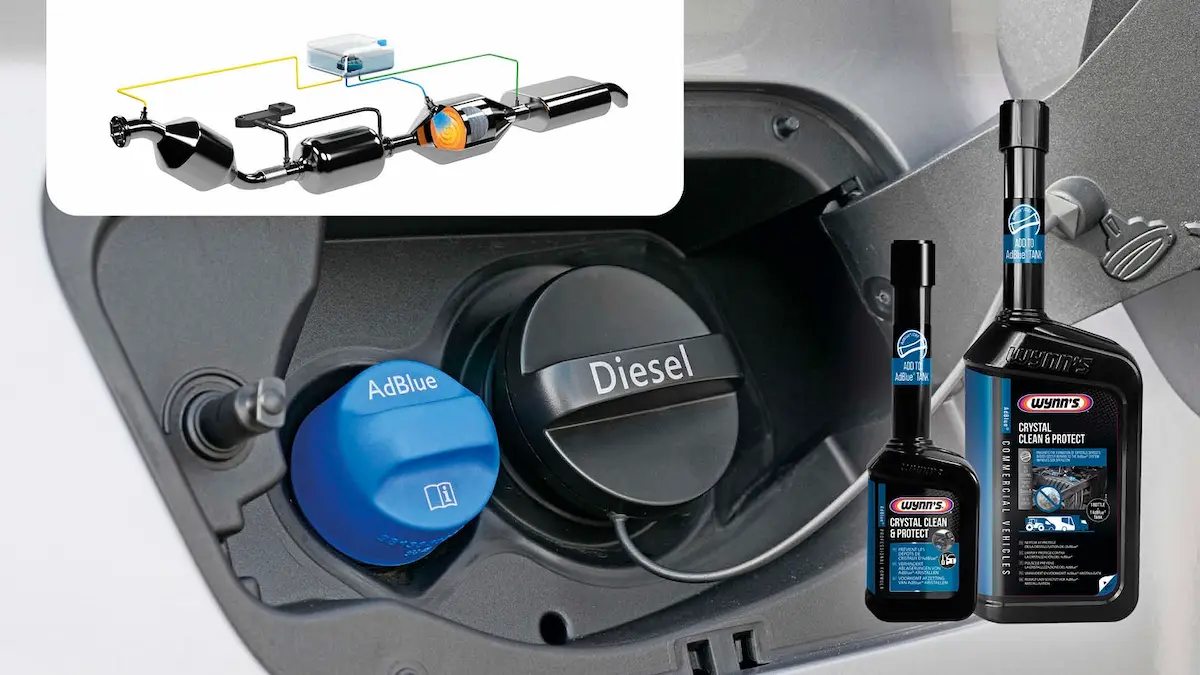
In a world where environmental consciousness is not just a choice but a necessity, diesel vehicle owners face a unique challenge. Harmful emissions from diesel engines are a major contributor to air pollution, but what if you could significantly reduce this impact?
Imagine being part of the problem, unknowingly contributing to air pollution every time you drive. The thought is unsettling, right? The emissions from your diesel engine are not just harming the environment but could also be affecting your health and the health of those around you.
Enter AdBlue, the unsung hero in the fight against diesel emissions. This blog post will unveil the mysteries of AdBlue – what it is, how it works, and why it’s essential for your diesel vehicle. We’ll guide you through everything from the science behind it to practical tips on usage and storage, ensuring you’re not just compliant with emission standards, but also a part of a greener, cleaner driving future.
What Exactly is AdBlue?
AdBlue, a term you might have seen at petrol stations or heard from your mechanic, is more than just a fancy name. Officially called AUS32 (Aqueous Urea Solution 32.5%), AdBlue is a clear, non-toxic liquid made up of 32.5% urea and 67.5% deionized water.
It’s specifically designed for diesel engines to help reduce harmful emissions. This clever solution is stored separately from the diesel fuel and is essential for newer diesel engines to meet stringent environmental standards.
The Role of AdBlue in Emission Reduction
Why do we need AdBlue, you ask? Diesel engines, while efficient, can be nasty polluters, emitting harmful nitrogen oxides (NOx) that contribute to air pollution. AdBlue plays a superhero role here. It’s used in the Selective Catalytic Reduction (SCR) system to convert NOx into harmless nitrogen, water vapour, and a tiny amount of CO2. This process significantly cuts down the pollutants released into our atmosphere, making our air cleaner and healthier.
How Does AdBlue Work? – The Science Bit
Let’s get a bit technical, shall we? When diesel fuel burns, it produces NOx, a major environmental no-no. AdBlue is injected into the exhaust stream of a diesel engine, where it turns into ammonia and CO2. This reaction occurs in the SCR catalyst, transforming the NOx into nitrogen and water, which are much less harmful to the environment. It’s a neat piece of chemistry that takes place right in your vehicle’s exhaust system.
The Importance of AdBlue in Modern Diesel Engines
Since the introduction of Euro 6 emission standards, AdBlue has become crucial for all new diesel vehicles. These standards aim to reduce the environmental impact of diesel engines. Without AdBlue, modern diesel engines would not meet these strict emission limits. This is why if your vehicle runs out of AdBlue, it might either lose power or not start at all – a smart way to ensure compliance with environmental regulations.
AdBlue Consumption and Refilling: What You Need to Know
How often do you need to refill AdBlue? It varies. Most cars can travel several thousand miles before needing a top-up. However, it depends on your vehicle’s usage, load, driving conditions, and engine efficiency.
A typical tank holds about 15 litres of AdBlue and should last around 9,000 miles. And don’t worry, using AdBlue won’t increase your fuel consumption.
Related:
- What is AdBlue and How Does it Work?
- Why Choose a SAIC Maxus Van?
- Buyer’s Guide to Citroen Vans
- How To Choose A Van In The UK
- Tips For Buying A Car From A Dealership In The UK
Where to Get AdBlue and How to Refill It
Wondering where you can get your hands on AdBlue? It’s widely available at petrol stations, automotive shops, and online retailers. Refilling is a breeze – just locate the separate AdBlue cap (usually near the diesel filler cap) and pour it in. Remember, never mix AdBlue with diesel; they’re like oil and water – they just don’t mix.
Ensuring Proper Usage
Now, let’s talk about the proper use of AdBlue. Following the AdBlue Guide, it’s important to use the right type and avoid contamination.
Make sure to refill it as per your vehicle’s requirements. Not adhering to these guidelines can lead to vehicle damage and non-compliance with emission standards. For a detailed AdBlue Guide, you can check out adblue-guide.com for more tips and tricks.
AdBlue and the Environment: A Step Towards a Greener Future
AdBlue is not just about meeting regulations; it’s a significant step towards a greener, more sustainable future. By reducing NOx emissions, AdBlue plays a vital role in combatting air pollution and protecting the environment. It’s a small component with a big impact on our planet’s health.
AdBlue in the Long Run: What Does the Future Hold?
While AdBlue is essential now, its future is intertwined with the evolution of automotive technology. As we move towards electrification and alternative fuels, the role of AdBlue might change.
However, for the foreseeable future, AdBlue remains a key player in making diesel engines more eco-friendly.
Final Thoughts: Embracing AdBlue for a Cleaner World
AdBlue is an unsung hero in our quest for cleaner air and a healthier planet.
Understanding how it works and its role in reducing emissions is crucial for any diesel vehicle owner. It’s not just about following regulations; it’s about taking responsibility for the impact we have on our environment.
By using AdBlue, we are taking a small but significant step towards a cleaner, greener world.







